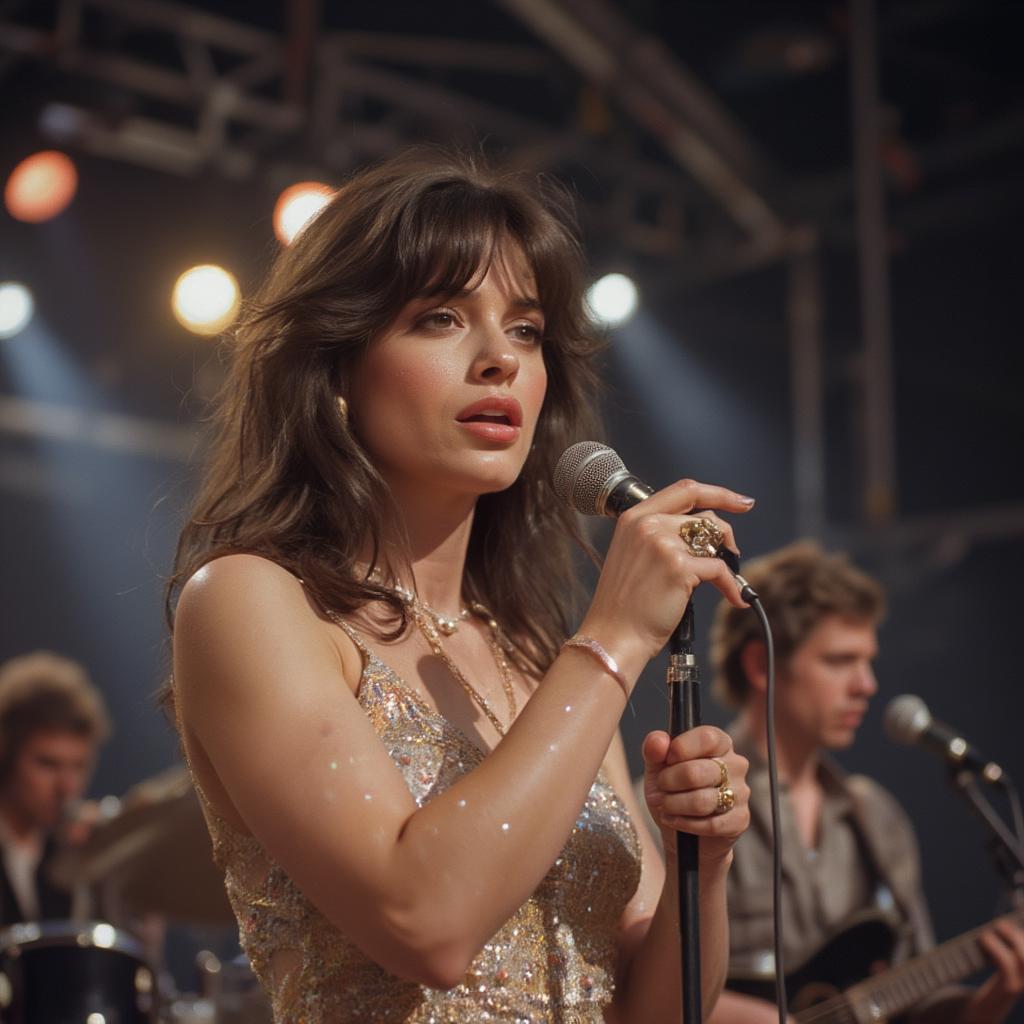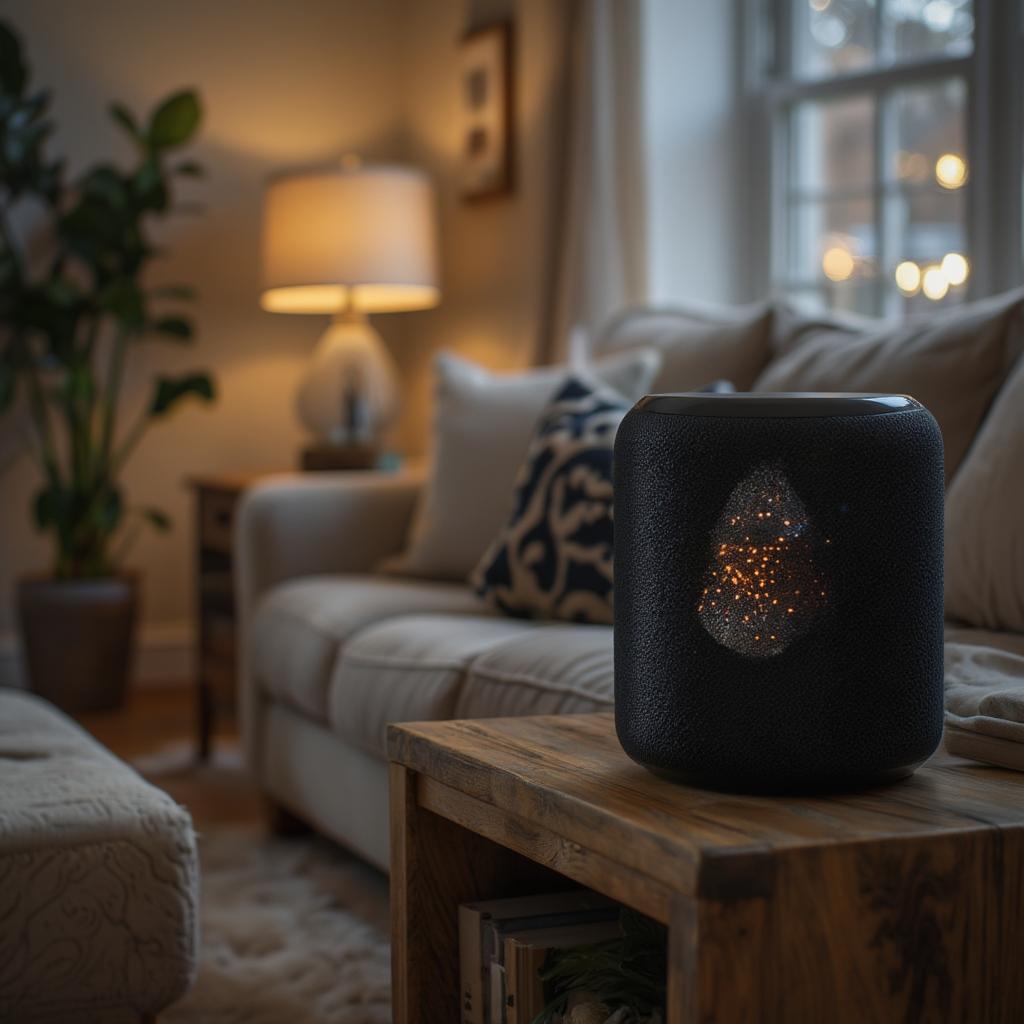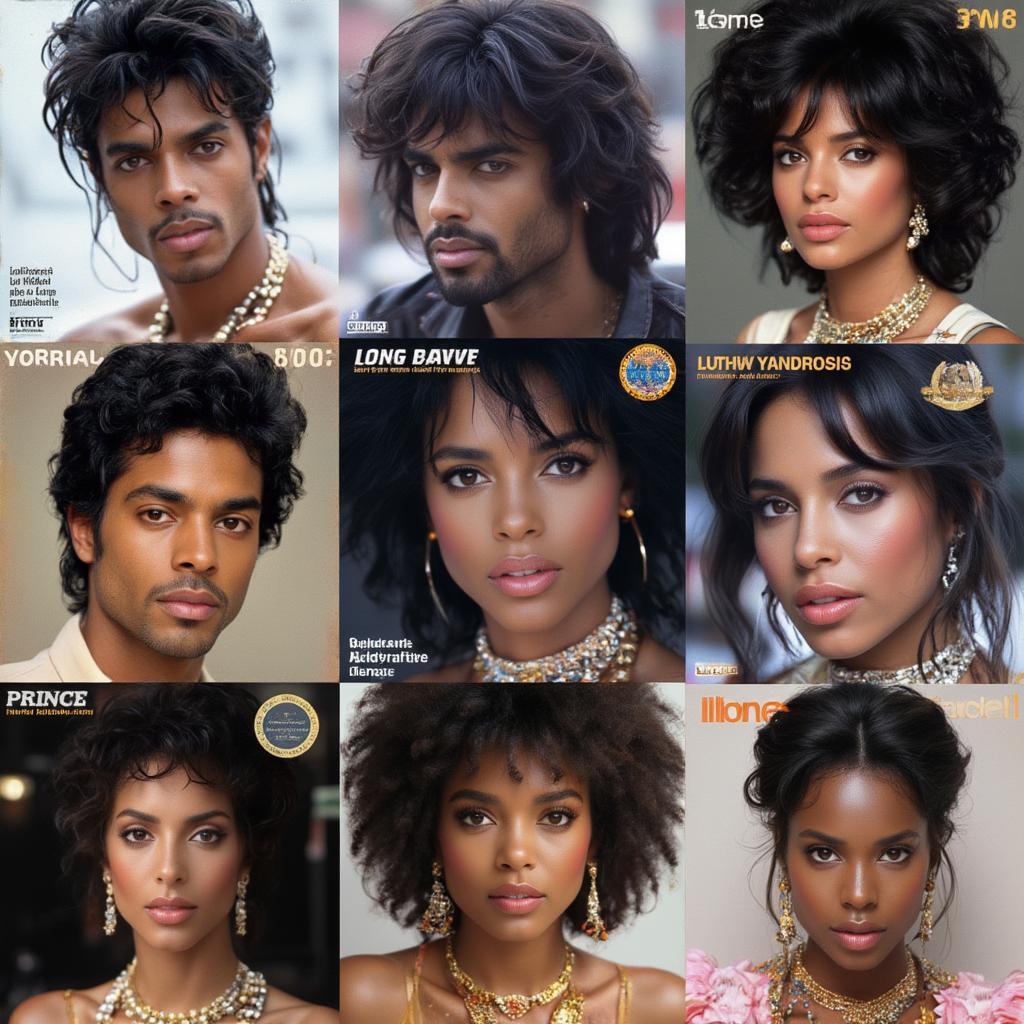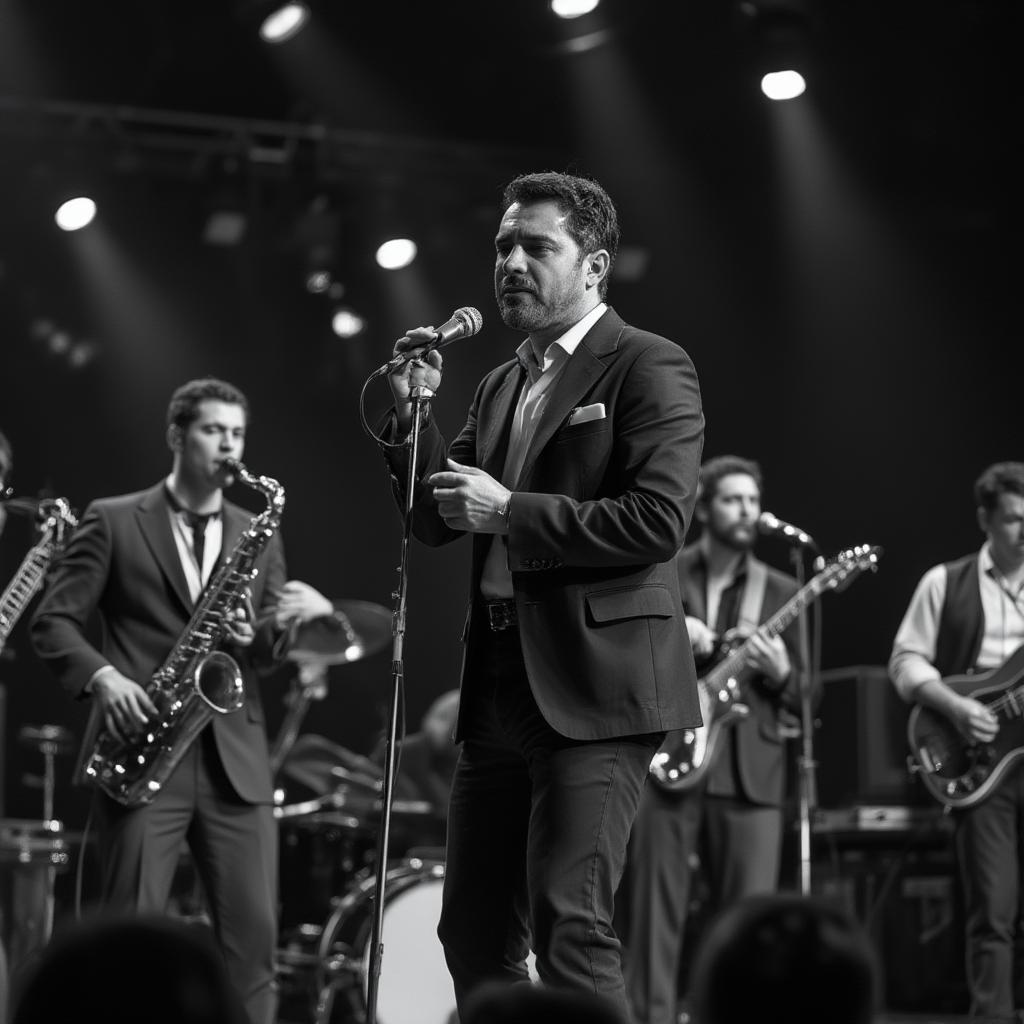Diving Deep into the Soul of 1980s Music R&B: A Midnight Howler’s Perspective

The 1980s. A decade of big hair, shoulder pads, and an explosion of musical innovation. While pop music often steals the spotlight, the 1980s music R&B scene was a melting pot of soulful vocals, infectious grooves, and groundbreaking production techniques. As The Midnight Howler, and the heart of Shock Naue, I’m here to take you on a journey through this rich sonic landscape, exploring the artists, sounds, and lasting impact of the era. Let’s dive deep into the rhythm and blues that truly defined the ’80s.
The Evolution of R&B in the 1980s: From Disco to Digital
The 1980s marked a significant shift for R&B. The disco era was fading, and a new sound was emerging. Synthesizers became the new staple. Gone were the simple bass lines, replaced by drum machines, complex arrangements, and electronic textures. This isn’t to say the soul faded away, quite the opposite. Artists were incorporating these new tools to create a fresh, futuristic sound while retaining the raw emotion that has always defined R&B. This period laid the foundation for contemporary R&B by experimenting with the possibilities of music production, paving the way for later genres like New Jack Swing and hip-hop soul.
- The Rise of the Synthesizer: The Roland TR-808 became ubiquitous, shaping the rhythmic landscape of countless R&B tracks.
- The Power of Production: Producers like Jimmy Jam and Terry Lewis crafted layered soundscapes that were both sophisticated and undeniably groovy.
- The Blending of Genres: Funk, pop, and electronic elements blended seamlessly within the R&B framework.
The Titans of the 80s R&B Scene: Artists That Shaped the Decade
The 1980s boasted a constellation of incredibly talented artists that helped define the sound of the era. This wasn’t just about vocal ability or looks; it was about the whole package – the performance, the attitude, and of course, the songs. Artists were pushing the boundaries, exploring new sonic territories, and connecting with their fans on a personal and profound level.
- Prince: With his genre-bending approach and unparalleled stage presence, Prince was a force of nature. His albums from the 80’s were groundbreaking.
- Whitney Houston: Her vocal prowess was undeniable, and she became an icon of the decade. Her voice dominated airwaves.
- Michael Jackson: The “King of Pop” had a profound impact on not just pop music but R&B as well, with albums like Thriller and Bad. He revolutionized music videos and dance.
- Luther Vandross: The voice of velvet. His smooth delivery and heartfelt ballads became a staple of R&B.
“The 80s was about artists taking risks. It wasn’t about playing it safe. It was about pushing limits and finding out what you can do. You can hear this in the production of the time – so creative and experimental.” – Dr. Miles Carter, a music historian specializing in 80’s R&B.
Production Techniques That Defined 80s R&B: The Sound of Innovation
What made the 80s R&B sound so distinctive? It was a combination of advanced technology and the creative minds of the engineers and producers who were shaping the sound of the era. The digital revolution was in full swing, and R&B was at the forefront, incorporating cutting-edge tools into their music production. Drum machines, synthesizers, and reverb were all used heavily to create the big, layered sound that became synonymous with the decade.
- Drum Machines: The TR-808 became a go-to for its synthesized, powerful drum sounds. The punchy bass drum and crisp snare of these machines defined the groove in 80’s R&B.
- Synthesizers: From warm, lush pads to cutting leads, synthesizers added a futuristic and diverse palette to the R&B sound.
- Reverb and Effects: Producers used reverb heavily to create a sense of space, and delay effects for added dimension to vocals and instruments.
- Layering: Multiple layers of vocals, synthesizers, and drums created dense, rich arrangements, providing depth and atmosphere to each track.
The Impact on Contemporary Music: The Legacy of 80s R&B
The influence of 1980’s R&B extends far beyond the decade itself. It laid the foundation for modern R&B, hip-hop, and even elements of pop music. Contemporary artists continue to draw inspiration from the sound and style of the ’80s, and you can still hear the echoes of these ground-breaking techniques and musical arrangements. The emotional honesty and musical sophistication of 80’s R&B still resonates with listeners today.
- Modern R&B: Many contemporary R&B artists draw heavily on the production techniques and vocal styles developed in the 1980s.
- Hip-hop: R&B’s rhythmic and melodic structures, particularly those crafted in the 80s, have had a profound influence on hip-hop and its many sub-genres.
- Pop music: 1980s R&B’s pop-friendly hooks and innovative production are still evident in the most popular mainstream pop songs.
The Soul of the 80s R&B: Deeper Than the Sounds
Beyond the production and innovation, what truly makes the 1980s R&B so special is its emotional depth and honesty. These were songs about love, loss, and longing—expressed with passion and vulnerability. It was a time when artists were not afraid to be real and raw in their music. The lyrical content often dealt with complex and nuanced feelings, which resonated with audiences on a deeper level, contributing to the lasting appeal of the 80s R&B sound.
- Honest Lyrics: R&B in the 1980’s tackled relationships, societal issues, and personal struggles with authenticity.
- Emotional Vocals: Singers delivered their performances with heartfelt emotion, adding depth and nuance to the music.
- The Groove: Even when the lyrics were deep, the music was always driven by the rhythm, inviting listeners to feel the beat in their bodies.
“The 80s R&B was an extension of the soul tradition. It evolved from the past with a future-forward approach. The lyrics spoke truth, and the vocals were dripping with feeling. It wasn’t just about what you heard but also about what you felt.” – Professor Lena Mae Johnson, a musicology professor at the Academy of Arts.
Shock Naue and The Midnight Howler: Keeping the Spirit Alive
Here at Shock Naue, I, The Midnight Howler, draw heavily from the spirit and the soul of 1980s R&B. I strive to capture that magic, those raw emotions, and that willingness to push boundaries in my music. I believe the heart of R&B lies in its ability to connect with people, to create a shared experience, and to express the depths of human emotion. That’s what I aim for with each track. I’m always inspired by the innovation of 80’s artists and producers, and their influence can be heard in every beat I make. I’m not just making music, I’m keeping a legacy alive.
- My Inspiration: My musical roots are firmly planted in the creative and soulful soil of 1980’s R&B.
- My Mission: To infuse the raw emotion and rhythmic depth of the era into my work, creating music that resonates deeply.
- The Shock Naue Sound: A modern take on the classic sounds of 1980s R&B, combining cutting edge production with timeless soul.
midnight howler recording studio shock naue
Conclusion: The Timeless Allure of 1980s Music R&B
Frequently Asked Questions About 1980’s Music R&B
-
What are some of the key characteristics that define 1980’s R&B?
The key characteristics of 1980s R&B include the heavy use of synthesizers, drum machines (especially the Roland TR-808), layered vocals, and sophisticated production techniques. There was also a greater emphasis on complex musical arrangements and a fusion of genres like funk and pop within the R&B framework. -
Who were some of the most influential artists in 1980’s R&B?
Some of the most influential artists include Prince, Michael Jackson, Whitney Houston, Luther Vandross, and Janet Jackson. These artists significantly shaped the decade with their unique styles, vocal abilities, and groundbreaking music. -
How did the production techniques in the 1980s influence the sound of R&B?
Production techniques like drum machines, synthesizers, heavy reverb, and layering created the distinct sound of 80’s R&B. These tools enabled producers and artists to create complex, futuristic, and often dance-oriented tracks. -
How did 1980s R&B differ from the R&B of the 1970s?
1980’s R&B shifted from the more organic sounds of the 1970s by incorporating synthesizers and drum machines, moving away from the dominant disco rhythms and embracing more complex arrangements. The 70s had more traditional instruments. -
How has the music of 1980’s R&B impacted contemporary music?
The impact of 1980’s R&B can be heard in modern R&B, hip-hop, and even pop music. The vocal styles, production techniques, and emotional honesty of the 80’s continue to inspire contemporary artists. -
What are some of the lyrical themes commonly explored in 1980s R&B?
1980s R&B lyrics often explored themes of love, loss, relationships, personal struggles, and societal issues. Many lyrics were known for being honest, passionate and emotionally charged. -
Why does 1980’s R&B still resonate with audiences today?
1980s R&B still resonates with audiences due to its authentic emotional expression, innovative production, and timeless lyrical themes. The combination of raw emotion and infectious grooves has kept the music relevant across generations. -
What role did music videos play in the popularity of 1980s R&B?
Music videos were crucial to the popularity of 80’s R&B, as they allowed artists to showcase their stage presence, creativity, and artistic identity. This period led to the rise of music videos and more emphasis on the visual aspect of music performance. -
Who were some of the most influential producers in 1980’s R&B?
Influential producers included Jimmy Jam and Terry Lewis, Quincy Jones, and Babyface. These producers are known for pushing the limits with the digital production tools, helping to define the signature sound of the era.




